#rott nest island
Explore tagged Tumblr posts
Text
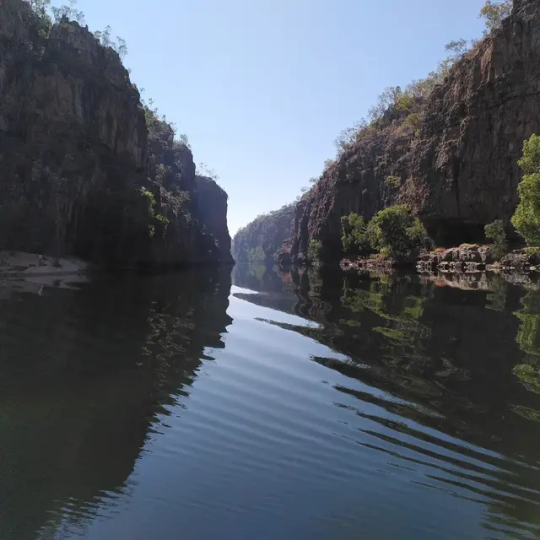
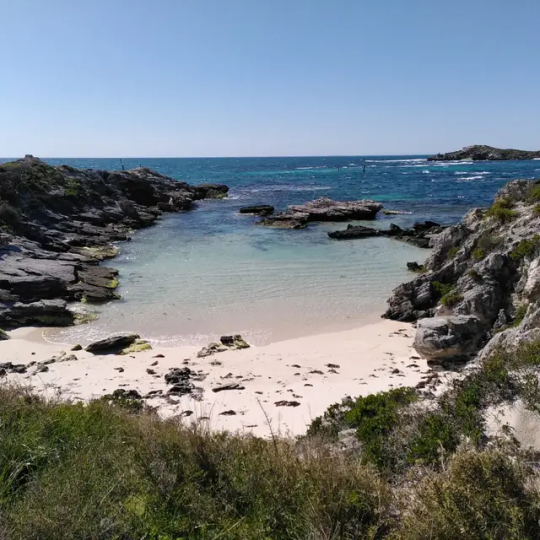
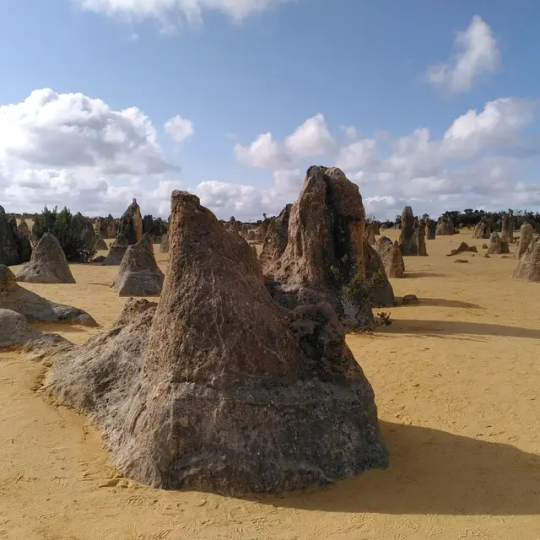
Katherine Gorge (Nitmiluk National Park) // Rott Nest Island // the Pinnacles
#australia#rott nest island#pinnacles#nitmiluk#katherine gorge#Katherine australia#western Australia#northern territory#travel#beach#ocean
1 note
·
View note
Note
Have you ever been to Rott Nest Island? The quokkas are adorable!!!
No I haven’t! I’d love to go, they are funky little dudes! I have been to a place where I got swarmed by pademelons though and that was delightful.

Imagine a solid 15 of these little guys trying to sit in your lap att at once, it was great.
#asks#im just showing you lots of aussie animals huh#planigales are cute too#and fuck the chestnut mice are chubby
11 notes
·
View notes
Photo







The quokka may look like a cartoon animal, but it is actually a genuine marsupial and the only member of the genus Setonix. Quokkas are found on some smaller islands off the coast of Western Australia, particularly Rottnest Island, just off Perth, and also Bald Islandnear Albany, and in isolated scattered populations in forest and coastal heath between Perth and Albany.
Fun fact: in 1696, Willem de Vlamingh mistook them for giant rats and named the island "Rotte nest", which comes from the Dutch word Rattennest, meaning "rat nest". Since quokkas are about the size of a domestic cat, this would make them Rodents Of Unusual Size.
12 notes
·
View notes
Photo

Sailed to Rottnest Isle to see these little cuties who freely roam the island ! #quokkaselfie (at Rott Nest Island, Western Australia) https://www.instagram.com/p/B6Kw7y6lKZo/?igshid=1xp1exlxjrifi
2 notes
·
View notes
Text
And one dutch explore went to the island they live on, saw these and thought "wow they are some big rats. Let us call this island rat nest"
And low and behold the name Rottnest. Rotte being dutch for rat.
The Whadjuk Noongar people (native Aborginal tribe of the area) call it Wadejemup. Which translated means 'place across the water where the spirits are' And so was known as the resting place of spirits. Pretty much a place where spirits passed through on their way to the afterlife.
Quokkas are the stars of the island though and remind you by wanted food. Here is a prime example trying to eat my phone.

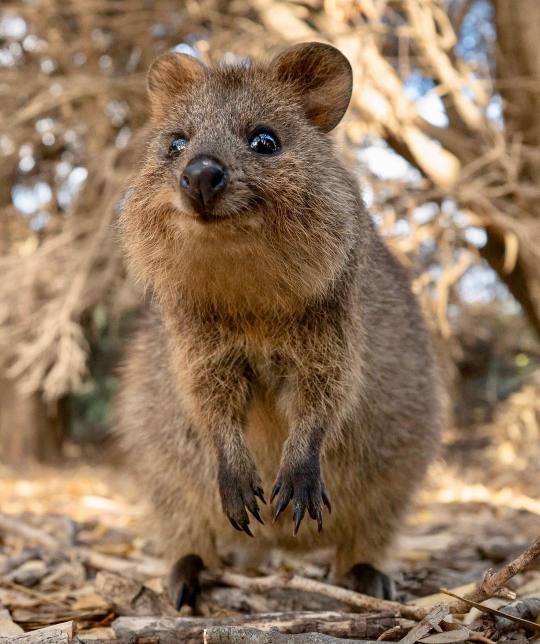

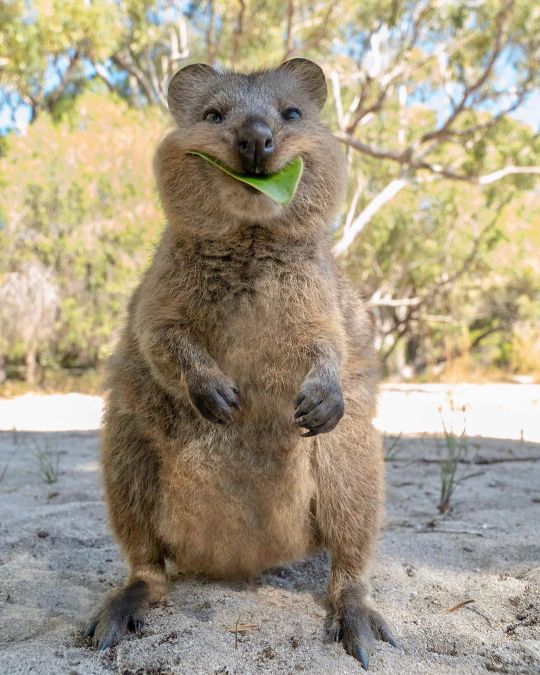
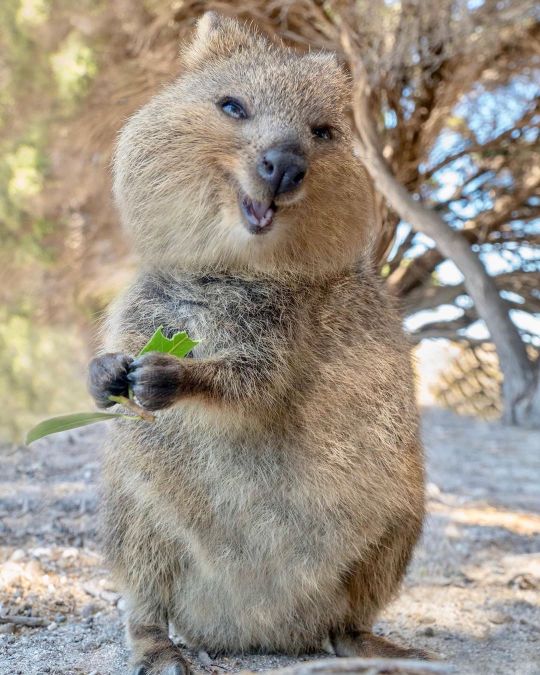
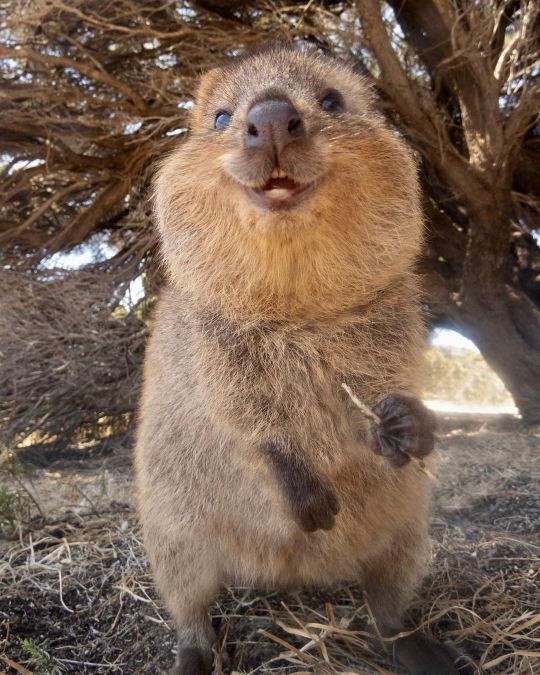

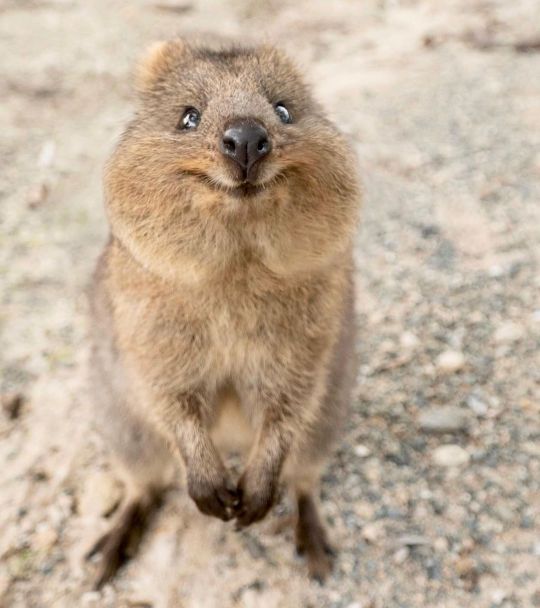
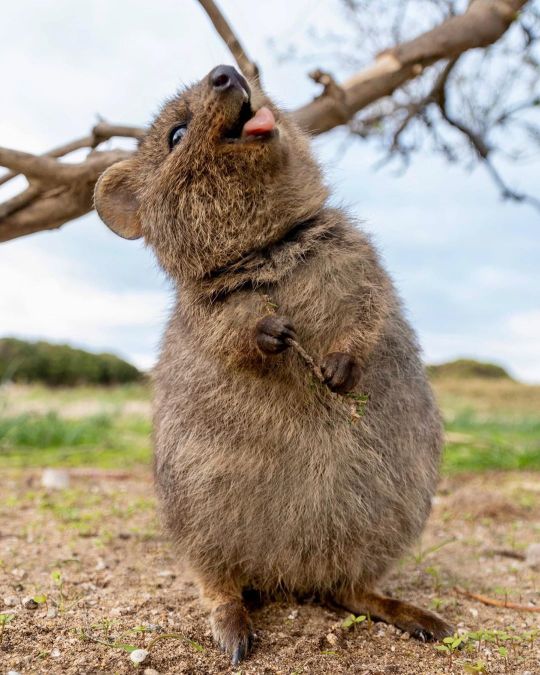

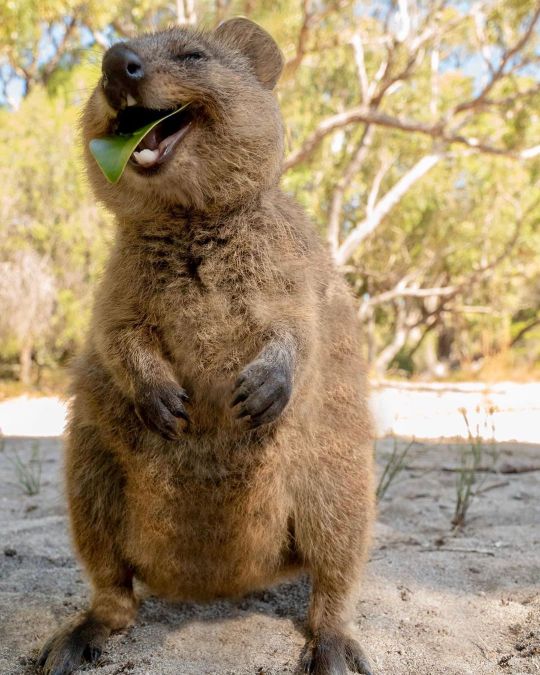


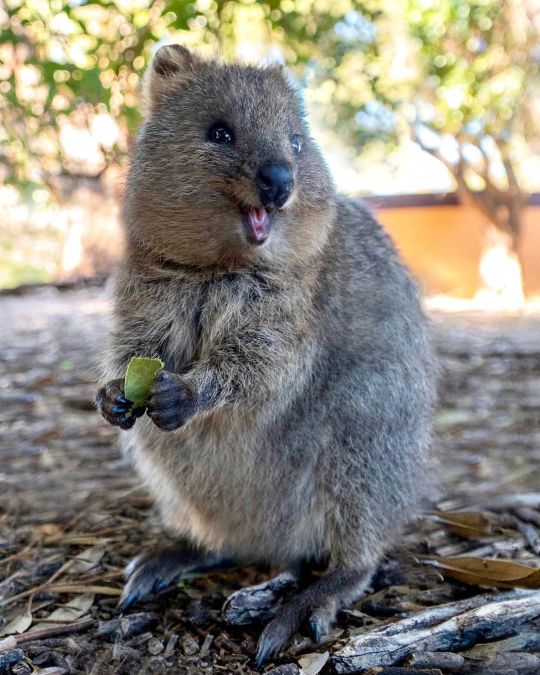
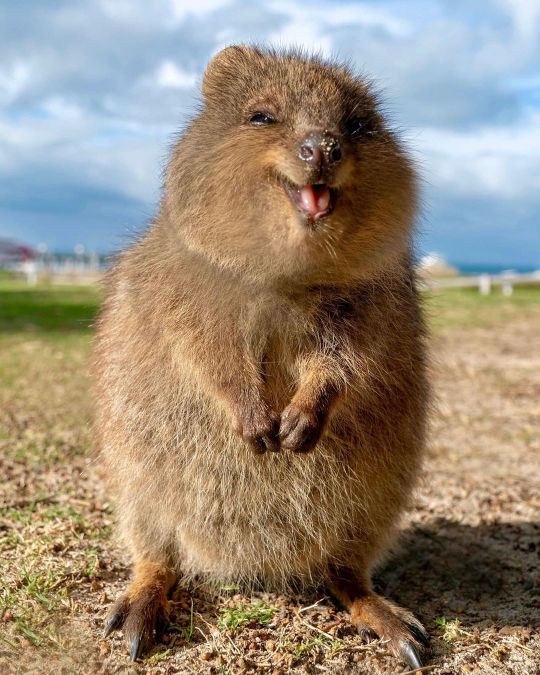
Quokkas by cruzysuzy on instagram
22K notes
·
View notes
Text


Les quokkas
Rottnest Island ne serait pas la même sans ces irrésistibles boules de poils. En effet lorsque les hollandais ont découvert l'île ils ont confondus les quokkas avec des gros rats. C'est là l'origine du nom rott nest - qui signifie nid à rats.
0 notes
Text
Steve The Quokka :D
Did you know that the beautiful Rottnest Island of the coast of Western Australia Got its name from a 17th century Dutch Captain who mistook its diminutive marsupials for large rats thus calling it rotte nest?
0 notes